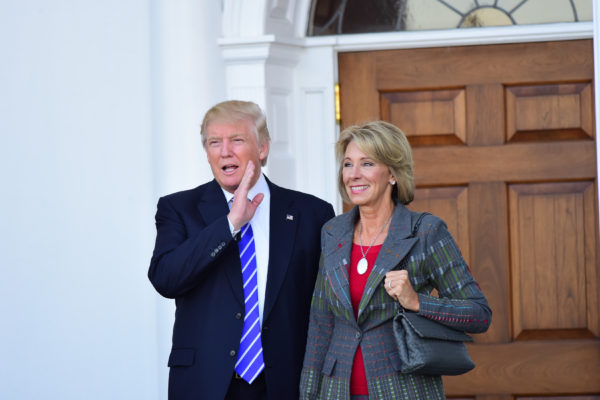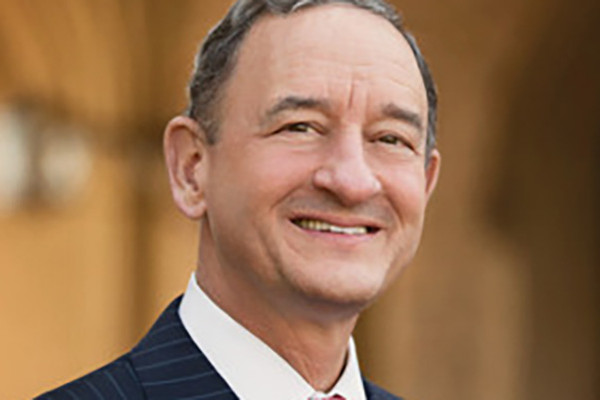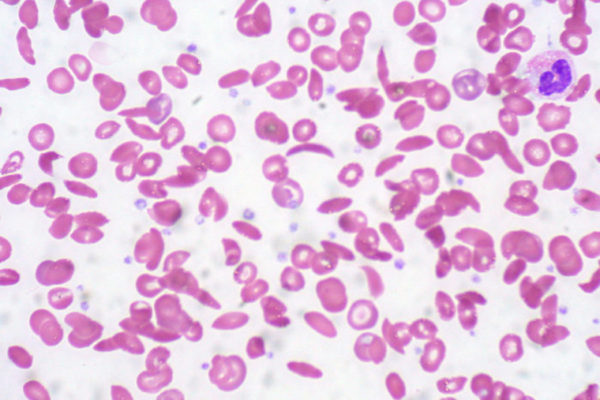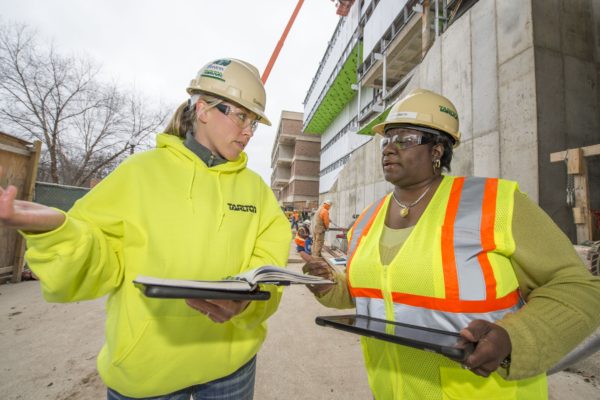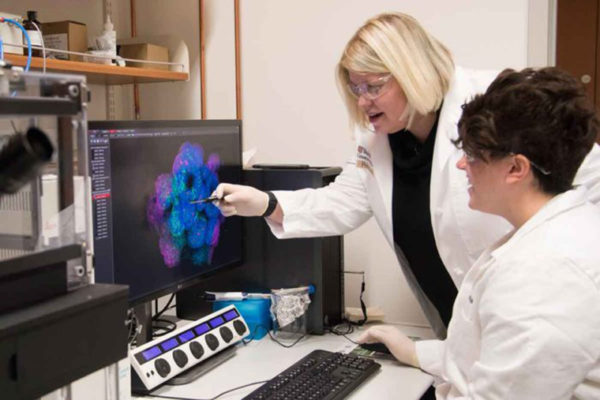WashU Expert: Don’t mistake DeVos’ religion for her politics
Betsy DeVos is arguably the most controversial figure ever nominated to lead the U.S. Department of Education. Yet in covering her nomination, many journalists have conflated valid concerns about experience, temperament and political beliefs with questionable assumptions about her religious background, argues Abram Van Engen, associate professor of English.
A global community of scholars
Chancellor Mark S. Wrighton has spoken out recently to underscore the global nature of our university community and our commitment to welcoming students, scholars, faculty and staff from all around the world. Chancellor Wrighton today shared a statement of principles building on those sentiments.
WashU Expert: Gorsuch best possible choice under circumstances
Neil Gorsuch, President Donald Trump’s nominee to fill the vacant seat on the U.S. Supreme Court, has a strong commitment to rule of law values and is the best possible choice among the potential nominees that Trump circulated before the election, says a Supreme Court scholar at Washington University in St. Louis.
Drug combination effective against chikungunya arthritis in mice
Combining a drug for rheumatoid arthritis with one that targets the chikungunya virus can eliminate the signs of chikungunya arthritis in mice in the disease’s earliest stage, according to researchers at Washington University School of Medicine in St. Louis.
Student launches site celebrating immigrant entrepreneurs
In response to the federal government’s to controversial immigration ban, Washington University in St. Louis sophomore Jordan Gonen launched the site CelebrateImmigrants.us, an inventory of immigrant business founders from Irish immigrant James Gamble of Procter & Gamble to South African-born Elon Musk of Tesla.
$4 million funds study of sickle cell disease in teens, adults
Allison A. King, MD, PhD, a highly regarded sickle cell disease researcher at Washington University School of Medicine in St. Louis, has received a six-year, $4.3 million grant from the National Institutes of Health (NIH) to further her investigations into the disease.
Dakota Access pipeline focus of Buder Center symposium
The Kathryn M. Buder Center for American Indian Studies at the Brown School will tackle issues surrounding the controversial Dakota Access pipeline during the “Indigenous Rights and Environmental Justice Symposium: From Standing Rock to St. Louis” Monday, Feb. 6.
Invigorated Supplier Diversity Initiative strengthens minority-owned businesses, St. Louis region
Stephanie Smith, director of supplier diversity, says the Supplier Diversity Initiative is preparing minority business enterprises and women business enterprises to work at Washington University. “I knew that if I could make a difference for the businesses, I could make a difference for the community,” Smith said. “This work matters now more than ever as we, as a region, strive for racial equity.”
Early signs of anxiety, depression may be evident in newborns
Early predictors of anxiety and depression may be evident in the brain even at birth, suggests a study at Washington University School of Medicine in St. Louis.
‘Mini-guts’ offer clues to pediatric GI illness
Using immature stem cells to create a miniature model of the gut in the laboratory, researchers at Washington University School of Medicine in St. Louis and the University of Pittsburgh have determined how infection-causing enteroviruses enter the intestine.
View More Stories
